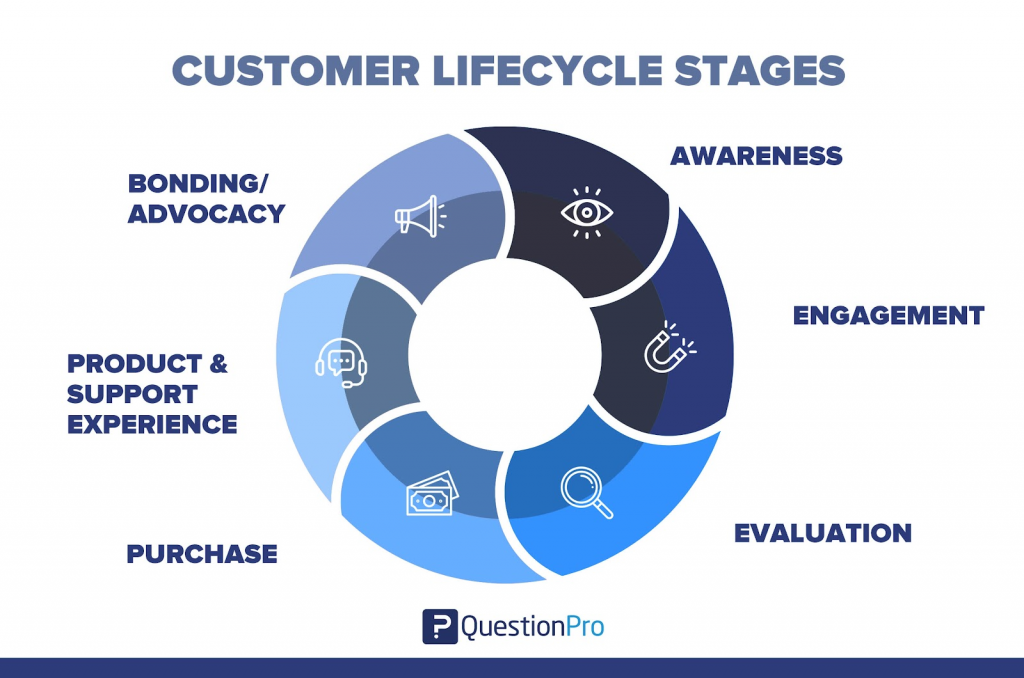Bedding Insights
Exploring the latest trends and tips in bedding and sleep comfort.
From Noob to Pro: Navigating Player Lifecycle Marketing Like a Game Changer
Master player lifecycle marketing! Level up from noob to pro and unlock game-changing strategies for ultimate success. Click to discover more!
Unlocking the Levels of Player Lifecycle Marketing: A Comprehensive Guide
In the ever-evolving landscape of digital marketing, Player Lifecycle Marketing emerges as a crucial strategy to engage and retain gamers throughout their journey. This comprehensive guide will help you unlock the various levels of this marketing approach, from acquisition to re-engagement. Understanding the distinct phases of the player lifecycle is essential for tailoring your marketing campaigns effectively. By leveraging data analytics and user behavior insights, you can identify key touchpoints that impact player retention and satisfaction, ensuring that your marketing efforts resonate with your audience.
At the core of Player Lifecycle Marketing are three significant stages: Acquisition, Engagement, and Retention. Throughout the Acquisition phase, focus on targeted advertisements and partnerships that draw players into your ecosystem. During the Engagement stage, implement personalized communication via in-game messages, emails, and social media to foster loyalty. Lastly, in the Retention phase, use incentives such as rewards and exclusive content to encourage players to return. By mastering these levels, you can create a robust marketing strategy that enhances player experiences and boosts your game's success.

Counter-Strike is a highly popular first-person shooter game that has captivated millions of players around the world. With its team-based gameplay and tactical depth, it offers a unique experience for both casual and competitive gamers. For those interested in betting on matches, using a betpanda promo code can provide exciting opportunities to enhance the gaming experience.
Top Strategies for Advancing from Noob to Pro in Player Engagement
Engaging players effectively is crucial for transitioning from a noob to a pro in game development. To start, understand your audience by analyzing player preferences and feedback. Utilize tools like surveys or forums to gather insights on what keeps players interested. Once you have this information, you can implement targeted strategies to improve retention rates. Some of these strategies include:
- Creating personalized experiences that resonate with players.
- Incorporating regular updates and content drops to keep the game fresh.
- Fostering a community where players can interact and share their experiences.
Another vital aspect of player engagement is the implementation of rewarding systems. Gamifying the experience encourages players to stay invested. Consider using mechanisms such as:
- Achievements that players can unlock through play.
- A points system where players gain rewards for participation.
- Leaderboards to promote healthy competition among players.
By intertwining these strategies, you can seamlessly elevate your game from a basic level to one that captivates and retains a dedicated player base.
How to Analyze Player Behavior and Optimize Your Marketing Tactics
In today's competitive gaming market, analyzing player behavior has become essential for tailoring effective marketing strategies. By leveraging analytics tools, game developers and marketers can track key metrics such as player engagement, retention rates, and purchasing patterns. These insights allow for a deeper understanding of how players interact with the game, making it possible to segment audiences based on their behavior. For instance, high engagement players can be targeted with exclusive content, while those showing signs of disengagement may benefit from re-engagement campaigns. This data-driven approach not only optimizes your marketing efforts but also enhances overall player experience.
To successfully optimize your marketing tactics, consider implementing A/B testing for different marketing campaigns. By comparing variations, such as different ad creatives or messaging strategies, you can determine which resonates most with your target audience. Additionally, gathering player feedback through surveys or social media can provide qualitative insights that enhance your understanding of player motivation. Remember, a personalized approach to marketing often yields higher conversion rates, so utilize the data collected from your analysis to craft tailored messages that speak directly to the needs and desires of your players.